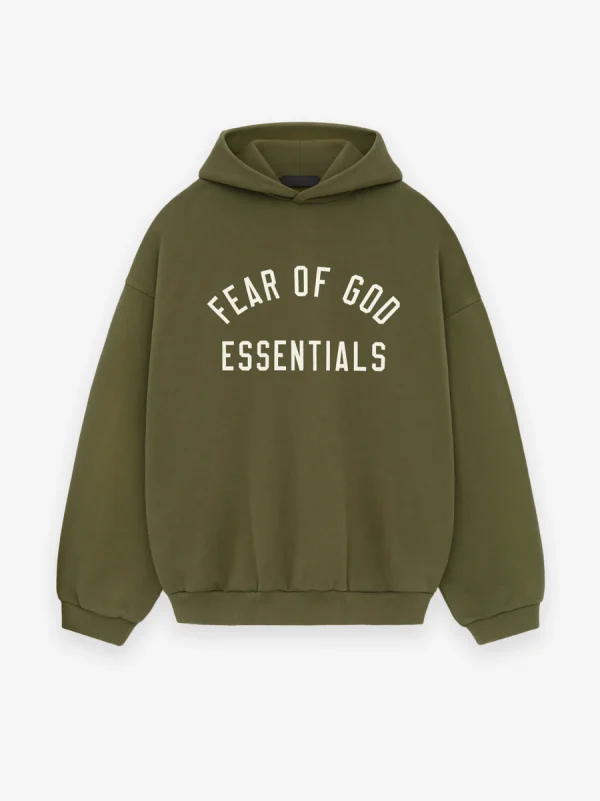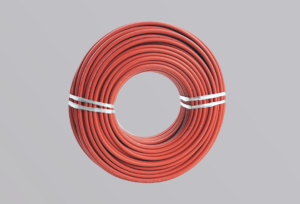
Better With Age: The Timeless Appeal of Aging Fashion and Style
Fashion, much like fine wine, has a unique way of evolving and becoming more refined over time. The phrase Better With Age clothing captures a profound concept within the fashiobetter with age n world: the idea that some things—whether it’s clothing, materials, or even personal style—improve as they age. The appreciation for well-worn fabrics, timeless designs, and the enduring charm of vintage clothing has grown into a significant cultural and fashion movement. In thisbetter with age article, we’ll explore what makes fashion better with age, the beauty of well-worn garments, the rise of vintage and pre-loved fashion, and how the ethos of aging gracefully has become an influential trend.
1. The Concept of “Better With Age”
In the fast-paced world of fashion, where trends come and go, the notion that something can improve over time may seem counterintuitive. However, there is an undeniable allure to garments that carry the marks of time. This concept can be broken down into several elements: the aging of materials, the patina of wear, and the personal stories embedded in each piece.
- Aging Materials: Natural materials like leather, denim, and wool often age beautifully. Leather jackets become softer and develop a rich patina, denim fades and molds to the wearer’s body, and wool sweaters gain character as they are worn and loved. Unlike synthetic fabrics, which can degrade or lose their luster over time, these natural materials have a life of their own, improving as they endure wear and tear.
- The Beauty of Imperfection: In many ways, the imperfections that come with age—frayed edges, faded colors, or worn-out patches—add character to a piece of clothing. Rather than being seen as flaws, these imperfections are celebrated as markers of a garment’s journey. This ethos aligns with the Japanese concept of “wabi-sabi,” which finds beauty in impermanence and imperfection, reinforcing the idea that fashion, like life, is not meant to remain static.
- Personal Stories and Sentimentality: Clothing that has been worn over time often carries sentimental value. A favorite leather jacket, a pair of jeans that have been worn for years, or a vintage band tee picked up at a thrift store can all tell a personal story. These items become more than just articles of clothing; they are memories, symbols of experiences, and reminders of specific moments in life. The emotional connection to clothing often deepens as it ages, making these pieces irreplaceable.
2. Vintage Fashion: A Growing Appreciation for the Past
One of the most visible manifestations of the “Better With Age” philosophy is the rise of vintage fashion. In recent years, there has been a growing appreciation for vintage clothing, with consumers seeking out unique, high-quality pieces from decades past. This trend can be attributed to several factors, including sustainability, the desire for individuality, and a rejection of fast fashion.
- Sustainability: As the environmental impact of the fashion industry becomes more widely recognized, many consumers are turning to vintage and second-hand clothing as a more sustainable alternative to buying new. Vintage shopping reduces waste by giving garments a second life, and it often allows consumers to invest in high-quality pieces that were made to last. This sustainable approach to fashion aligns with the “Better With Age” ethos, as it emphasizes longevity over disposability.
- Individuality: In a world where fast fashion has made it easy to access the latest trends, vintage fashion offers a way to stand out from the crowd. Vintage pieces are often one-of-a-kind or rare, giving wearers the opportunity to express their individuality. There’s something special about owning a piece of clothing that has a history, knowing that it is unlikely anyone else will have the same item. This uniqueness is part of what makes vintage fashion so appealing to those who want to cultivate a personal style that isn’t dictated by current trends.
- Quality Over Quantity: Many vintage garments, particularly those made before the rise of fast fashion, were constructed with care and attention to detail. High-quality fabrics, skilled craftsmanship, and timeless designs mean that these pieces have stood the test of time. Consumers who appreciate this level of quality are willing to invest in vintage clothing that has been well-preserved, knowing that it will continue to age gracefully.







